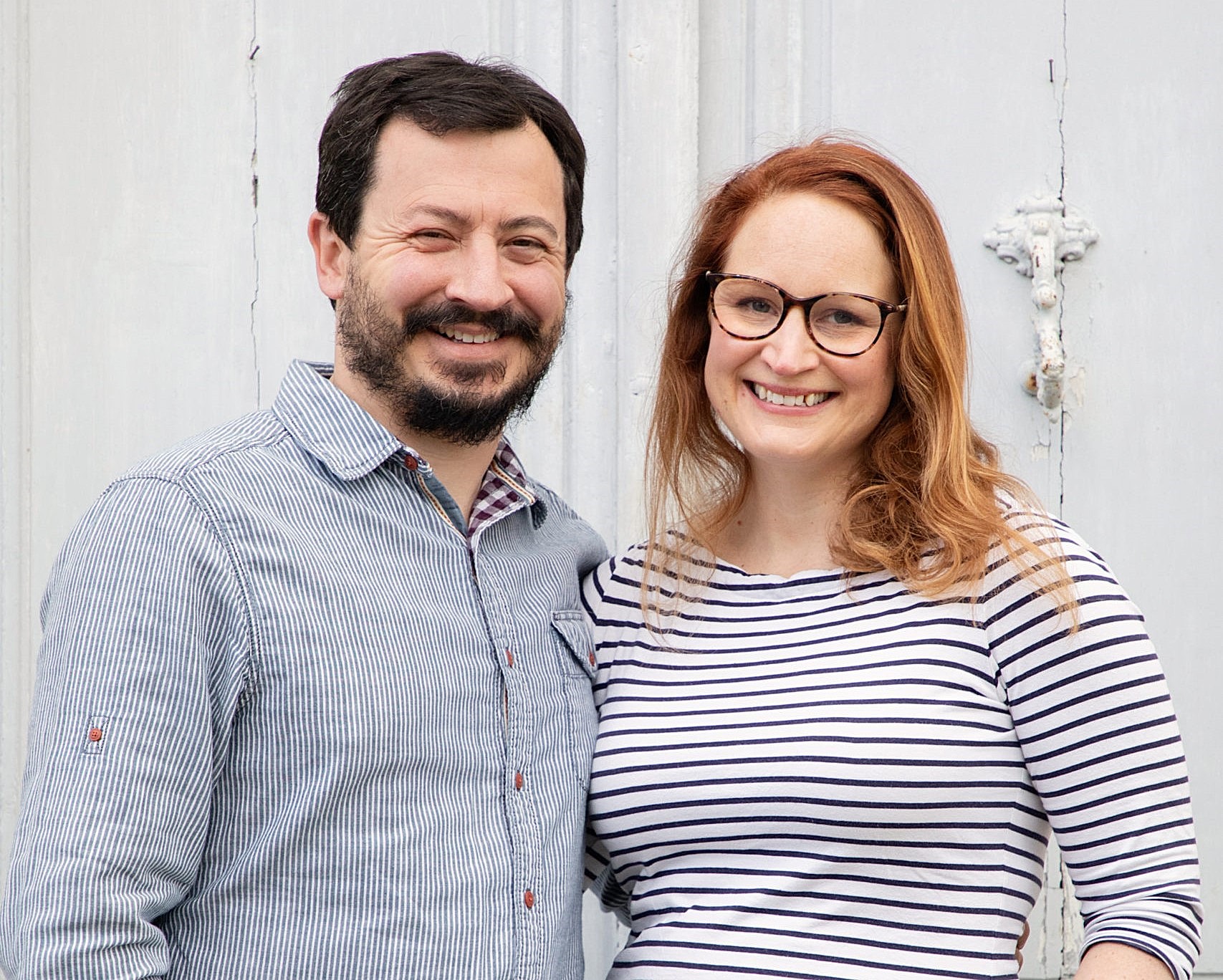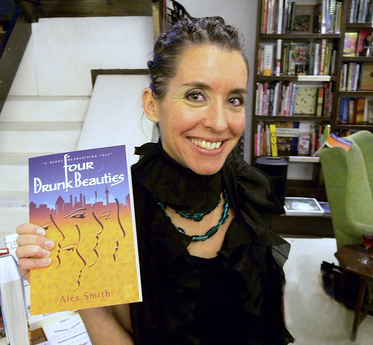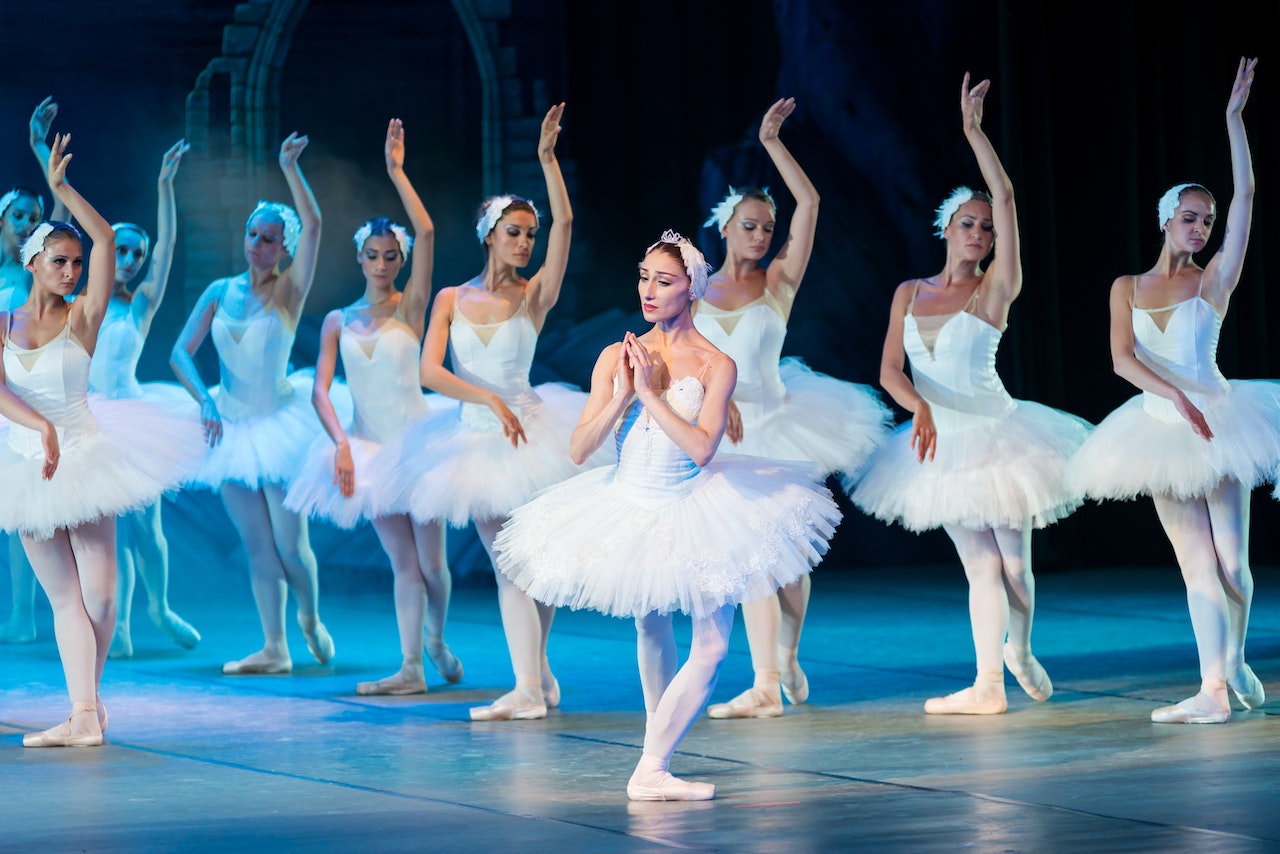BY VESELINA YANEVA
These guidelines for using nouns will help you immerse your readers in your written world.
Good writing needs to paint a vivid picture in the reader’s mind, and nouns are one of the most important tools the writer can use to do that. Therefore, every successful author needs to use a range of nouns that provide detail and create a world people can see, feel, taste, hear and smell.
The following tips will help you draw your readers in by mastering the use of concrete and specific nouns.
Name your characters. Use proper nouns
In his influential guidebook Writing Tools: 50 Essential Strategies for Every Writer (Little, Brown, 2006), the writing coach Roy Peter Clark advises:
‘Dig for the concrete and specific: Always get the name of the dog.’
We can follow Clark’s advice literally. Imagine if Robert Tine’s novel Beethoven (Puffin, 1992) (based on the eponymous film) had the title The Dog instead of Beethoven. Would the concrete but vague common noun ‘dog’ be intriguing enough?
Unlike its imprecise alternative suggested above, the proper noun ‘Beethoven’ piques curiosity about the unique identity of this particular animal. It also evokes one of the most memorable scenes of the story, when the feline character starts barking along to a portion of Ludwig van Beethoven’s Fifth Symphony played by Emily on the piano.
The specificity of a name, therefore, helps readers (and viewers) build up a picture of who the character is.
Use proper nouns to provide particular details
In the classic work on semantics Language in Thought and Action (Harcourt, 1939), S. I. Hayakawa introduces the Ladder of Abstraction. According to this ‘ladder’, the more specific a word is, the lower position (or rung) it has on the ladder of abstraction.
To be unambiguous, use words from the lower level of abstraction.
With this rule in mind, consider the following quotation from Ann Brashares’s novel The Second Summer of the Sisterhood (Delacorte Press, 2003):
‘Carmen was halfway through CosmoGIRL! when the phone finally sounded. She pounced within a quarter of a ring.’
As this quotation shows, one of the devices Brashares uses to create a mental movie in people’s minds is the specificity of the publication title ‘CosmoGIRL!’. In contrast, words with a higher level of abstraction, such as ‘magazine’, or ‘reading matter’ would make it more difficult to imagine the scene.
This method also works well with non-fiction texts. For instance, in the opening paragraphs of the article, ‘Ten Tips for Writing for a Young Adult Audience’ published by The Writers College, we find the following line:
‘Nowadays, famous YA fiction writers include John Green (The Fault in Our Stars, Looking for Alaska, Paper Towns), and of course, J.K. Rowling’s Harry Potter series comes to mind.’
This quotation demonstrates that readers can understand the concept of YA fiction better when provided with the names of relevant authors and titles of books that adhere to this genre.

Use similes to illustrate your interpretation of concepts
Concrete nouns can also capture abstract feelings.
Reflect on the simile used by Robert Burns in the first line of the poem, ‘A Red, Red Rose’ (1794):
‘O my Luve is like a red, red rose’.
Burns compares the abstract noun ‘love’ to the concrete one ‘rose’. The latter forms a strong image, because readers can ‘see’ the fresh red rose in their minds.
As this line from Burns’s work reveals, a simile can help the artist express their interpretation of an abstract concept by comparing it to something material, because the human mind likes the visual and tangible.
This type of simile is also effective in contemporary poetry. Consider the following lines from Jacob L Watkins’s poem ‘Love Throughout Time’ (2019):
‘Time is like a butterfly,
Gentle and beautiful.
Time can flutter by,
Graceful and memorable.’
Although time is not a visible or tangible entity, the comparison with a butterfly enables readers to ‘see’ time in their imagination.
Make the abstract concrete through metaphors
Similarly, in the poem ‘Fame is a bee’ (1788), Emily Dickinson uses the metaphor of a ‘bee’ to describe the fleeting nature of fame:
‘Fame is a bee.
It has a song –
It has a sting –
Ah, too, it has a wing.’
In Dickinson’s poem, a concrete noun with physical form visualises an abstract idea without physical form. Although fame is not something material, the poet enables us to perceive it with our senses. We can see a mental picture of the bee, hear its song, feel its sting and watch it fly away.
Furthermore, study the following example of a metaphor used by John Green in his novel The Fault in Our Stars (Dutton Books, 2012):
‘I’m on a roller coaster that only goes up.’
By referring to the phrase, ‘Life is a roller coaster,’ Augustus compares the abstract concept of his life to that of a roller coaster (a tangible object). This metaphor helps readers ‘see’ and ‘feel’ the constant change in a person’s perspective depending on life’s circumstances. In Augustus’s case, the audience can sense his positive attitude to a life ‘that only goes up’ even though he has a terminal diagnosis.
Follow these writing tips for using concrete nouns to help you engage your readers and enable them to imagine themselves in the world you have created.
About the Author

Veselina Yaneva is a freelance journalist with a Master’s degree in English literature from Canterbury Christ Church University, UK. Her interest in writing inspired her to embark on the Freelance Journalism for Magazines and Webzines Course at the UK Writers College. After completing this course with distinction, she’s been relishing the opportunity to immerse herself in the inspiring world of website publication as a journalism intern at the Writers College Times. Veselina’s education, voracious appetite for travel and genuine love for reading, bring a range of perspectives and ideas to her work.
You can connect with Veselina via: www.linkedin.com/in/veselina-yaneva-83213b210













